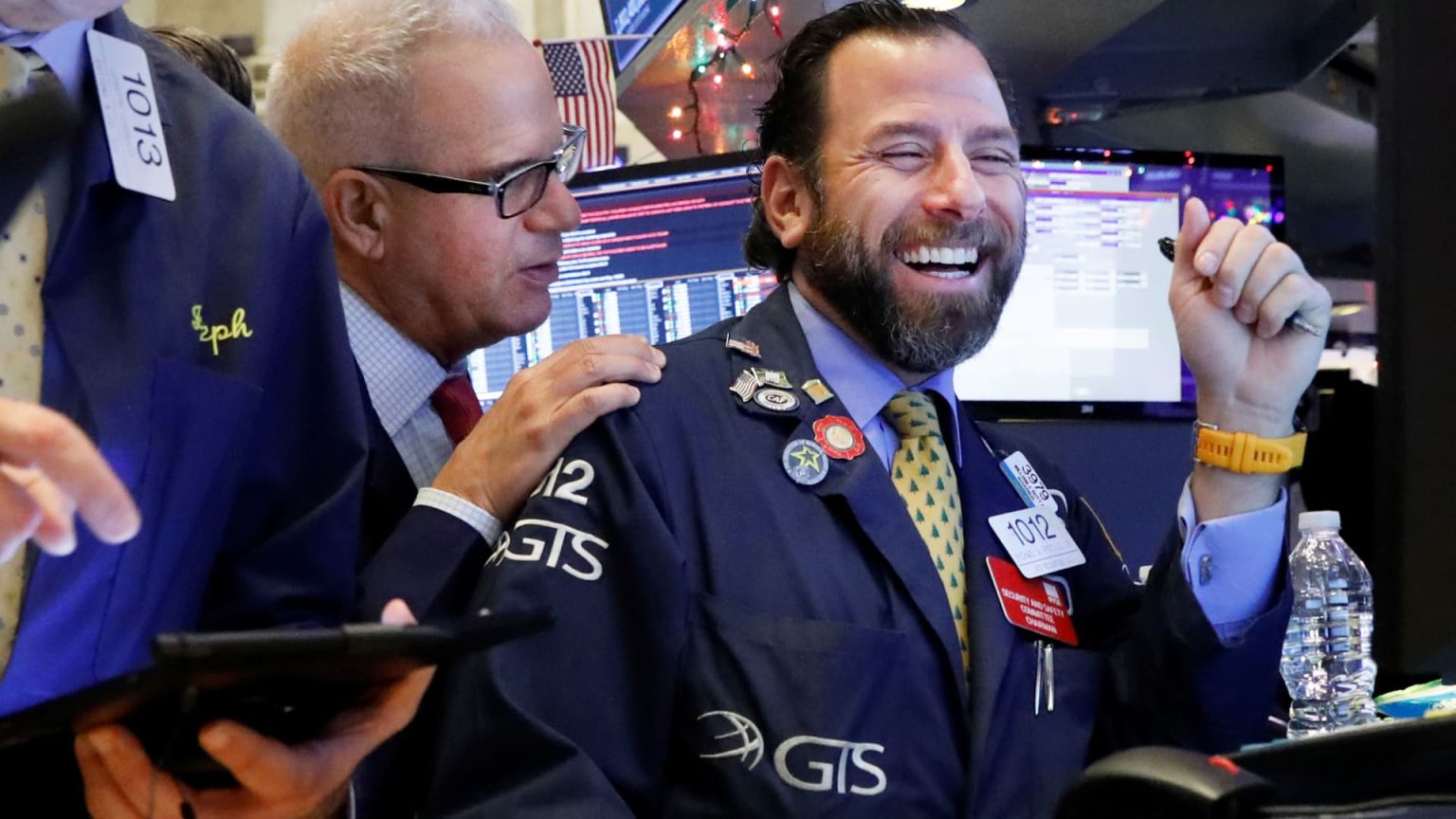2021 has been a remarkable year for the Dow Jones Industrial Average, with the benchmark index hitting a new milestone by surpassing 40,000 for the first time. This achievement comes as investors express optimism about the potential benefits of artificial intelligence on corporate profits, as well as the Federal Reserve’s potential decision to cut rates as inflation decreases from its pandemic-induced highs. The Dow’s journey to reach this level has been a tumultuous one, characterized by various economic events and market fluctuations over the past 20,000 points.
The Dow first closed above 20,000 in early 2017, following investors’ anticipation of lower corporate taxes in the United States under the administration of former President Donald Trump. Their expectations came to fruition by the end of that year, propelling the Dow to surpass 25,000 by January 2018. However, the index faced challenges in 2018 as the excitement surrounding tax cuts diminished, trade tensions between China and the U.S. escalated, and the Federal Reserve increased interest rates. Consequently, the Dow concluded the year with a decline of over 5%.
In 2019, the stock market showed signs of recovery as the Federal Reserve shifted away from raising rates. By early 2020, the Dow was approaching 30,000 and reached a peak of 29,551.42 on February 12, 2020. However, the outbreak of the Covid-19 pandemic brought about a drastic downturn in the market, causing the Dow to plummet by 38% from its February high to a low of 18,213.65 in March 2020. Subsequent months saw the benchmark gradually bounce back, fueled by advancements in Covid vaccine development and unprecedented economic support measures implemented by the Federal Reserve and policymakers. By November 2020, the Dow had closed above 30,000 for the first time.
The positive momentum from the lows of the pandemic continued into 2021, leading the Dow to surpass 35,000. Despite this, a bear market subsequently prompted a plunge in the Dow index to 28,660.51 before it eventually recovered. Since reaching this low point, the Dow has surged by an impressive 40%, demonstrating the index’s resilience and capacity for growth amidst various economic challenges and uncertainties. It is a testament to the dynamism and resilience of the stock market as it navigates through volatile conditions and unpredictable events.
As the Dow Jones Industrial Average reaches new heights and breaks through the 40,000 barrier, it signifies a strong comeback from the challenges and setbacks faced in recent years. The index’s ability to rebound from the impact of the pandemic and subsequent market fluctuations underscores the resilience of the U.S. stock market and investor confidence in the potential for economic recovery and growth. With ongoing advancements in technology and the potential for favorable policy decisions from the Federal Reserve, the Dow’s trajectory reflects the broader trends shaping the global economy and financial markets in the post-pandemic era.


